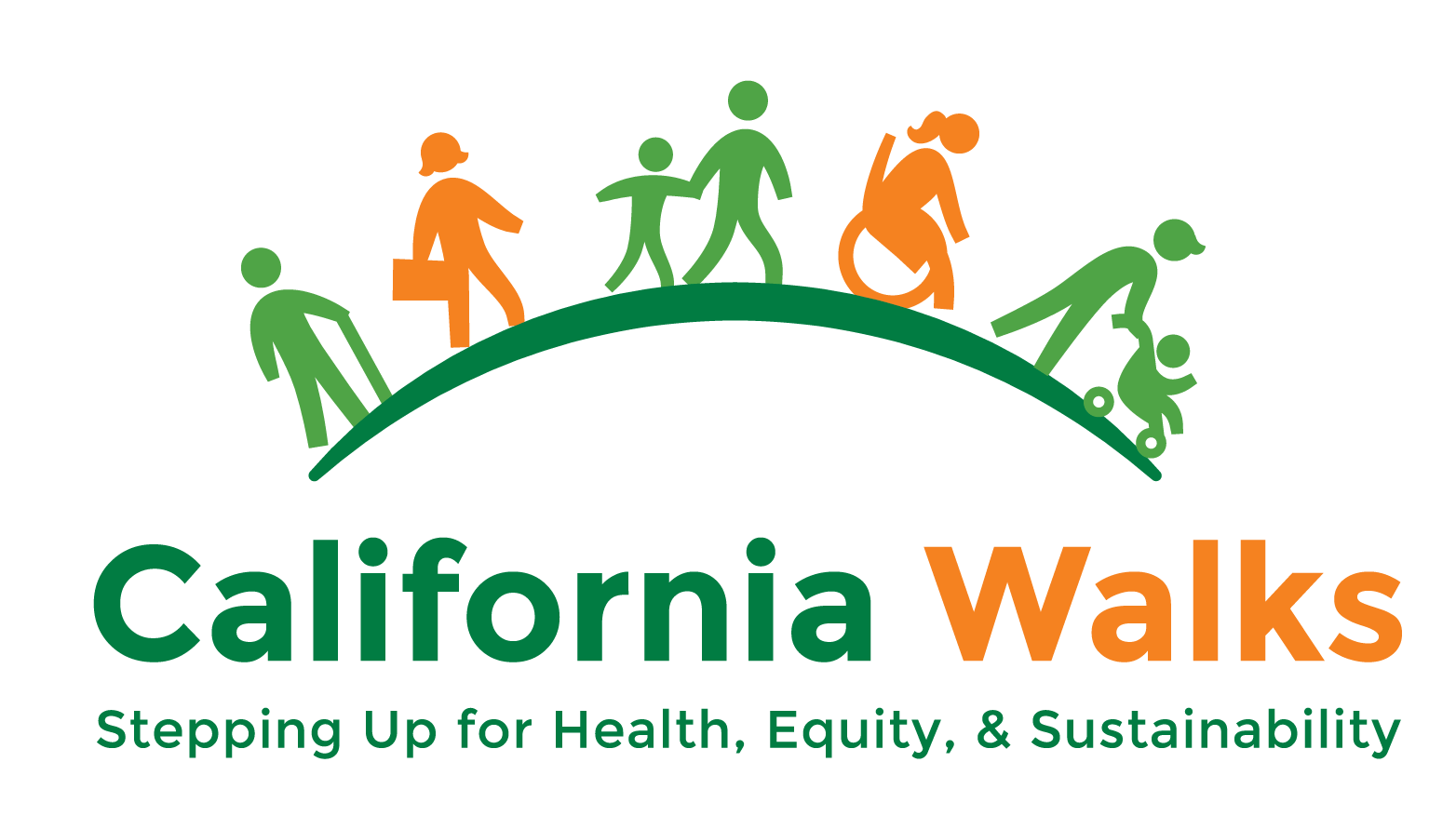ATP awards $281 million for walk and bike projects across California
Since we last reported on the Active Transportation Program (ATP), the California Transportation Commission (CTC) led a rigorous review of over 500 projects that were submitted from communities across the state, releasing their initial staff recommendations on December 28, 2018. ATP Cycle 4 proved to be one of the most competitive Cycles to date, with initial cutoff scores of 91 and 89 out of 100 in the Statewide competition and Small Urban/Rural competition, respectively. Since the initial staff recommendations, there have been two revisions that increased the total number of projects funded in the Statewide competition to 51 and to 10 projects funded in the Small Urban/Rural competition, with revised cutoff scores of 89 and 85, respectively.[1] Recommendations for funding at the Regional level are still pending, and we anticipate announcements by April 2019.
The CTC adopted the staff recommendations at their January 30, 2019 meeting in Rocklin. We’ve crafted highlights to help our network and partners gain a better understanding of how the ATP funds are shaking out and how the renewed application process impacted the project landscape.
ATP Cycle 4 highlights:
554 total projects submitted in Cycle 4–a near 25% increase in the number of applications submitted compared to Cycle 3–requesting $2.2 billion;
$237.6 million awarded in the Statewide competition, $43.8 million awarded in the Small Urban/Rural competition, and roughly pending awards in regional competitions;
15.91% increase in the number of additional projects funded in Cycle 4 compared to Cycle 3;
Large Infrastructure projects awarded $109.4 million of Cycle 4 Statewide funds, accounting for 46% of all Statewide funds.
One of the most significant changes in ATP Cycle 4 that we’ve previously reported on was the use of new application forms based on the type of project proposed. Cal Walks staff successfully advocated for new application types for small infrastructure projects, standalone non-infrastructure programs, and planning grants, particularly as a way to remove application barriers for small and under-resourced local agencies and/or disadvantaged communities. As a result of these new application types, we did see these types of projects fare better: standalone non-infrastructure projects funded in Cycle 4 increased from 1 to 3 and funded plans increased from 3 to 5. Submitted–and ultimately awarded–infrastructure projects also tended toward much larger project sizes and funding requests as a result of the application changes, with a 9% drop in funded Medium Infrastructure projects (with total project costs between $1.5 million and $7 million). We've got a high-level analysis chart for Cycles 3 and 4, here.
While we are grateful to see the ATP funding grow recently, it is readily apparent that current funding levels are nowhere near enough to meet the staggering demand for walking, biking, and Safe Routes to School projects across the state. Moreover, with rising project costs, ATP dollars are not stretching as far as they could—doubly so since ATP funds are not currently indexed to inflation. We anticipate this year to be a pivotal year for ATP in the legislature and look forward to working with CTC, Caltrans, and our elected leaders to make the ATP stronger than ever.
For more information on ATP Cycle 4 and other statewide programs, contact Esther Rivera at esther@californiawalks.org.
________
[1] Santa Barbara project U.S 101 State Street Undercrossing Active Transportation Improvements was recommended for $1,539,000 from the small urban and rural component and $3,217,000 from the statewide component.

